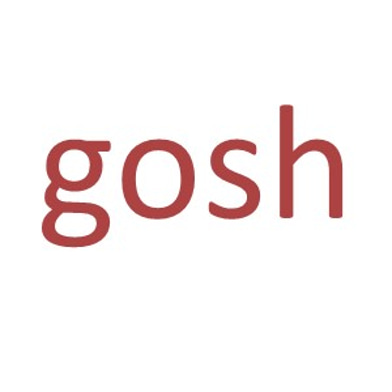Our projects
NSW Government Client
We designed and led a discovery program for a large NSW government client commencing the procurement process to replace a legacy service management system. This included multiple requirements gathering workshops across the department’s workforce and the refinement of these requirements into a business requirements statement. Findings, insights on change readiness and recommendations were presented to the Board and accepted in full.




Indigenous Not For Profit
A discovery piece of work for an indigenous not for profit organisation, assessing how they use their current technology & related processes. The project identified 17 improvement opportunities covering both process and technology including replacing the current technology stack with a more fit for purpose one. A second phase builds an API between three major service management and finance systems.


Large Software Company
We designed and documented a transition engagement strategy for a large software company planning to move its customers from a legacy, on prem solution to a cloud-based SaaS offering. This included analysis of customer specific contractual, commercial and technical issues to determine the most appropriate transition window for each customer. This view was then rolled up, providing a consolidated view of the transition commitment, allowing the leadership team to make informed decisions about resourcing for both the transition work plus BAU commitments.


Community Organisation
For a mid-sized client, we conducted a suitability analysis of two technology solutions to determine whether these solutions were best suited to their requirements, or whether the client should swap out and swap in new solutions. This work established the solutions currently in use were more than capable of meeting the client’s needs, though there was a significant shortfall in user skillset and technology adoption. These issues could be remediated via the implementation of a clearly articulated policy and standards to govern the use of the two solutions, ensuring all team members use the solutions in the same manner, combined with targeted training to “level up” the skillset across users. This remedial effort saved the client significant cost and disruption had they elected to swap out and swap in new solutions.
Gosh Consulting
Driving meaningful change
goshconsulting@optusnet.com.au
© 2024. All rights reserved.
+61 0423 594 015
